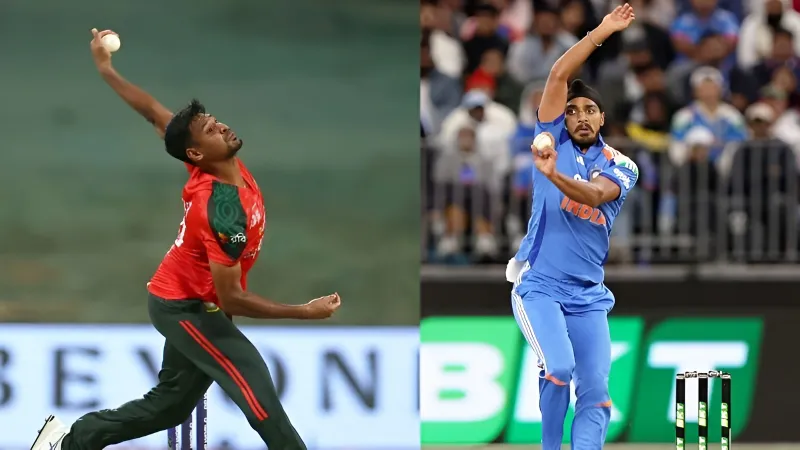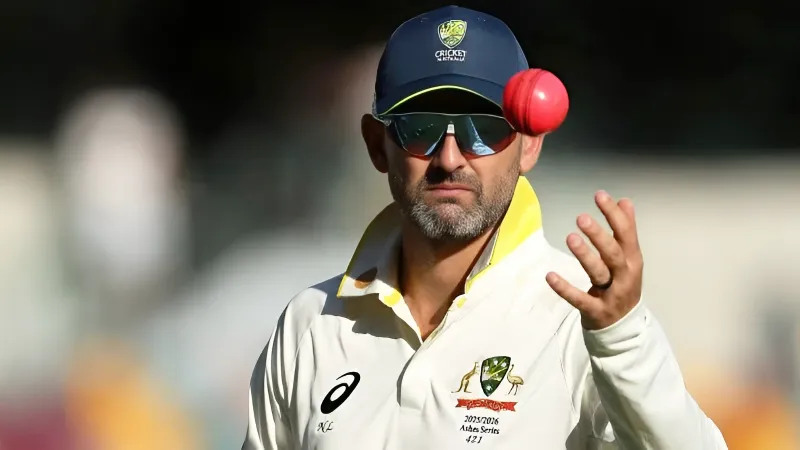Let’s not kid ourselves—debates about the selection for Test cricket can get as fiery as a summer in Delhi! Everyone becomes an expert when a team sheet comes out. With a few curveballs in their Oval squad, India didn’t just raise eyebrows—they practically gave fans whiplash. With Bumrah taking a well-earned breather and Pant sidelined by injury once again, the door swung open for Akash Deep and Prasidh Krishna to step into the spotlight. But, according to former India batting coach Sanjay Bangar, these weren’t just good selections, they were good selections.
The Oval’s Green Carpet & Prasidh’s Redemption Arc
The Oval isn’t your typical English pitch—it’s got bounce, and this time around, a juicy green top to go with it. That’s where the tall and skiddy Prasidh Krishna comes in. According to Bangar, the pitch dictated the selection—and rightly so. Prasidh’s extra bounce could be lethal on a surface like that, especially with overcast conditions in play.
Don’t forget, this is a huge game for Prasidh as well. Prasidh played the first two Tests, but was dropped with Bumrah’s call-up. With Bumrah resting (which is a good thing from a workload perspective), Prasidh can see himself back in the selectors’ fold. It’s a risk, sure, but one with enormous potential.
As for Akash Deep? He has been an understated but solid performer. He missed the fourth Test through injury, but his fellas in Australia and England left a good impression. Bangar felt that Akash’s success overseas, particularly with a wicket in conditions like The Oval, was enough to risk him in these playing conditions.
No Rishabh, No Sixth Bowler – No Problem?
Rishabh Pant’s injury was, of course, a loss for the team. Pant has probably been the linchpin of the batting throughout the series. That said, cricket is not about the sad story—it is about smart changes.
Bangar points out how Pant’s unavailability forced India to rethink not just their keeper but their entire balance. With no explosive lower-order batter like Pant and a seam-bowling all-rounder not quite delivering, the team leaned toward a more specialized attack.
This evolution also suggests a new level of flexibility for India in its Test strategy. The automatic structure of five batters and five bowlers is gone. The direction of Washington Sundar being played as the second spinner and the management taking a risk with no sixth bowling option in the XI shows India now has a horses-for-courses approach — taking players not just based on talent and history, but what the pitch offers and what the situation requires.
Kuldeep Who? Why Team Balance Trumped Star Power
Bangar explains that the green tinge at The Oval killed any thoughts of playing a wrist-spinner. While fans may scream “where’s Kuldeep?” every match day, this series wasn’t about showcasing star power—it was about tactical discipline. And let’s face it: spinning the ball on a surface greener than a Wimbledon court isn’t exactly a leggie’s dream.
India’s selection has always been about finding balance instead of flaunting what works. It may not always be popular, but when a coach like Bangar supports it, I’m sure there is logic behind the decision.
When the pressure mounts and the pitch has its ideas, selection becomes a chess game. This time, India has possibly played all the right pieces on the board. India’s trust in Prasidh’s bounce, Akash’s overseas grit, and a no-frills combo screams one thing: they’re not playing safe—they’re playing smart, and is thinking criteria and beyond—even in a series decider.































